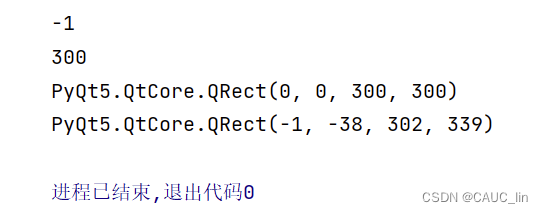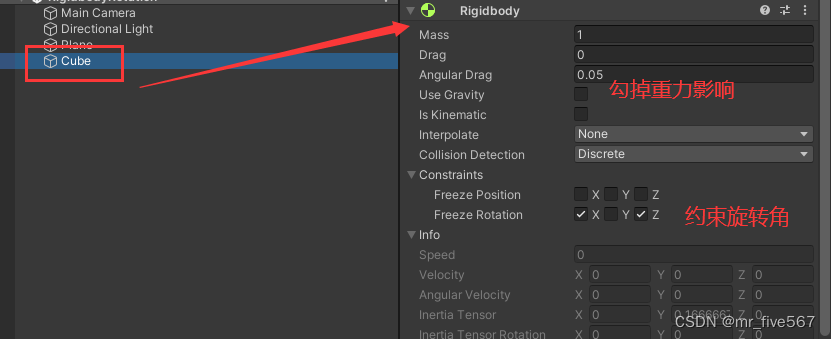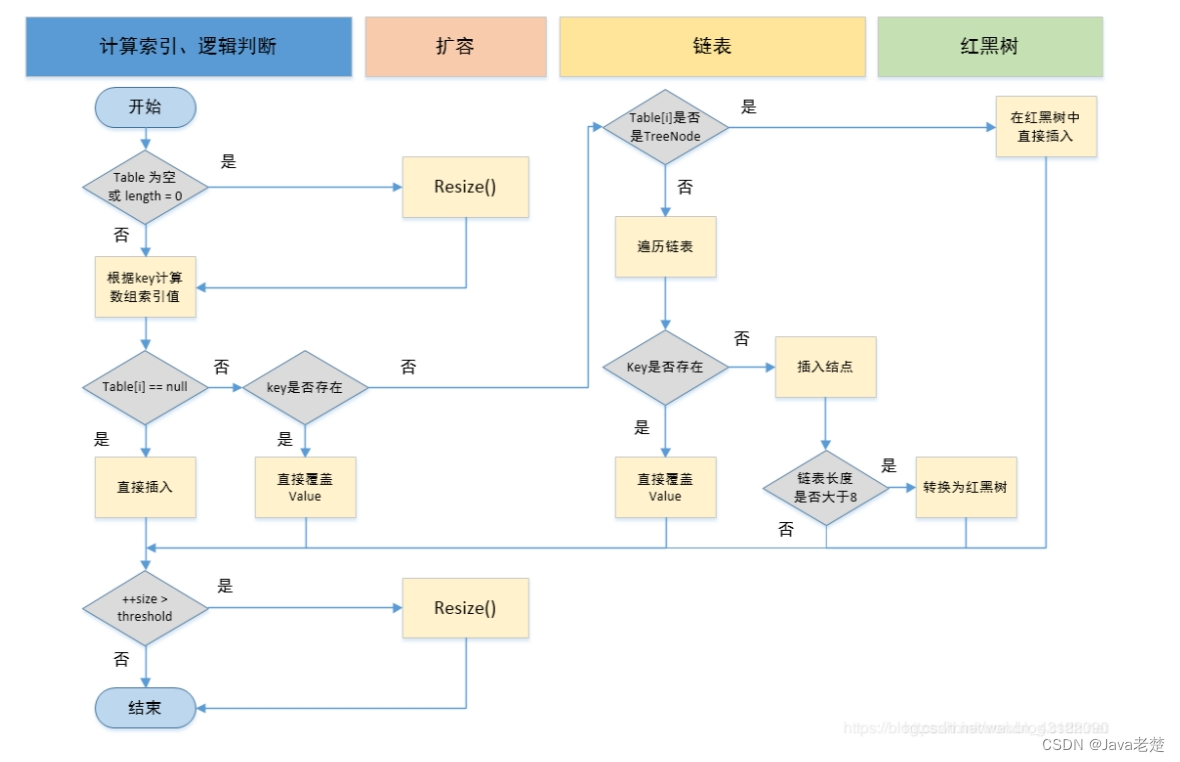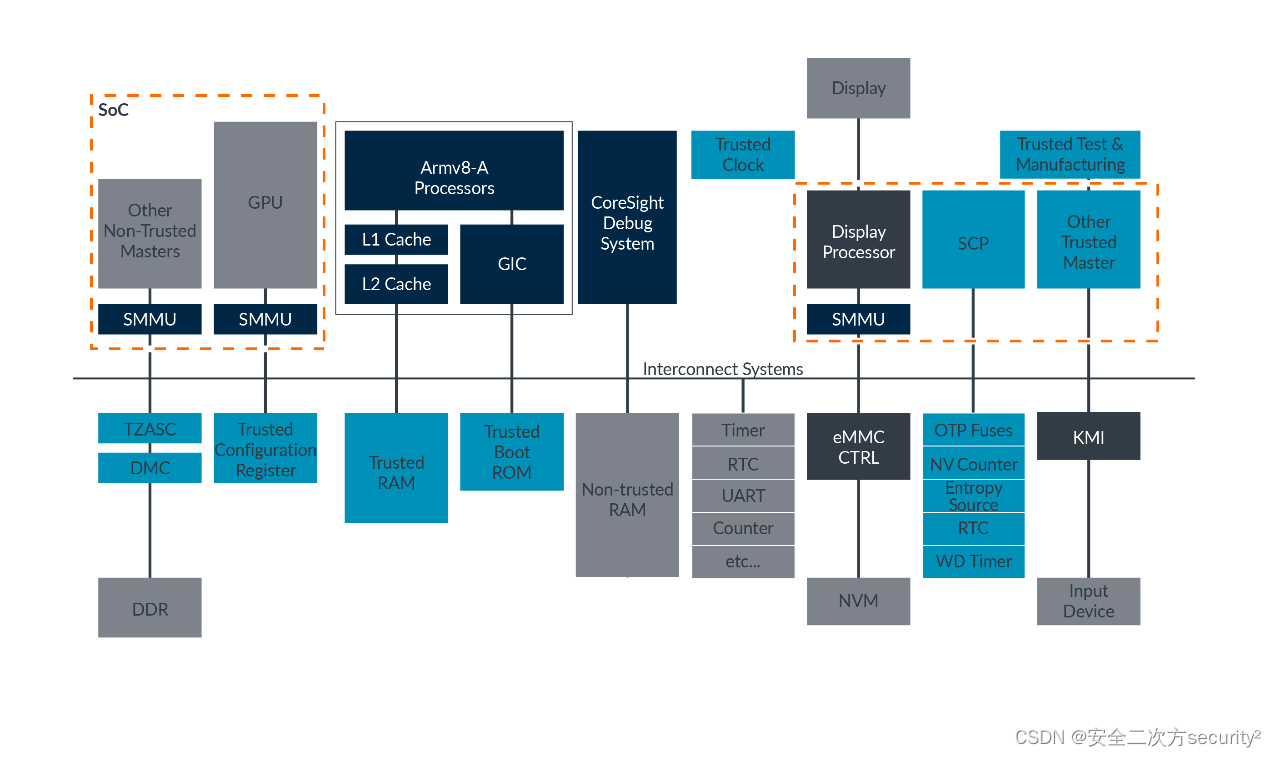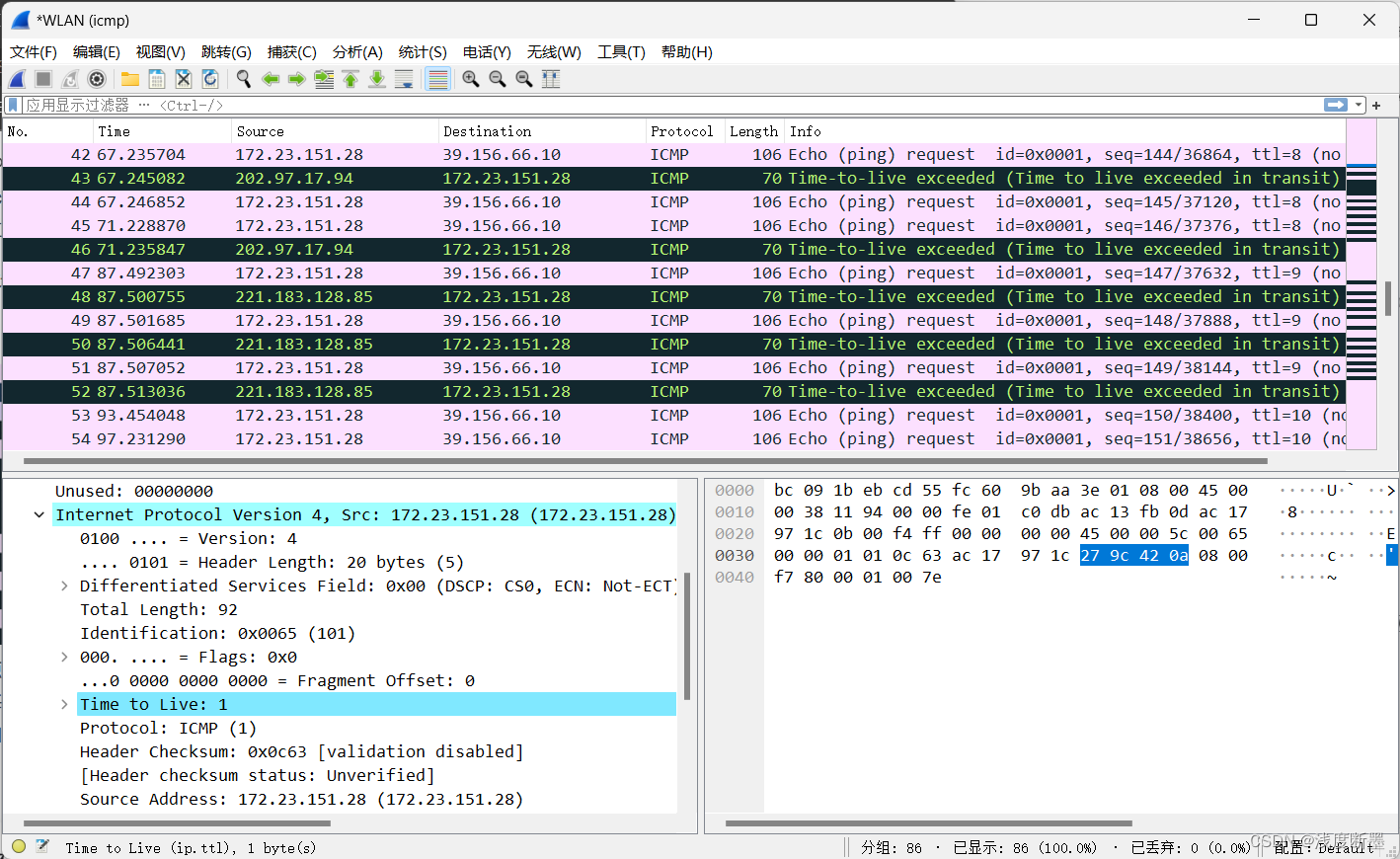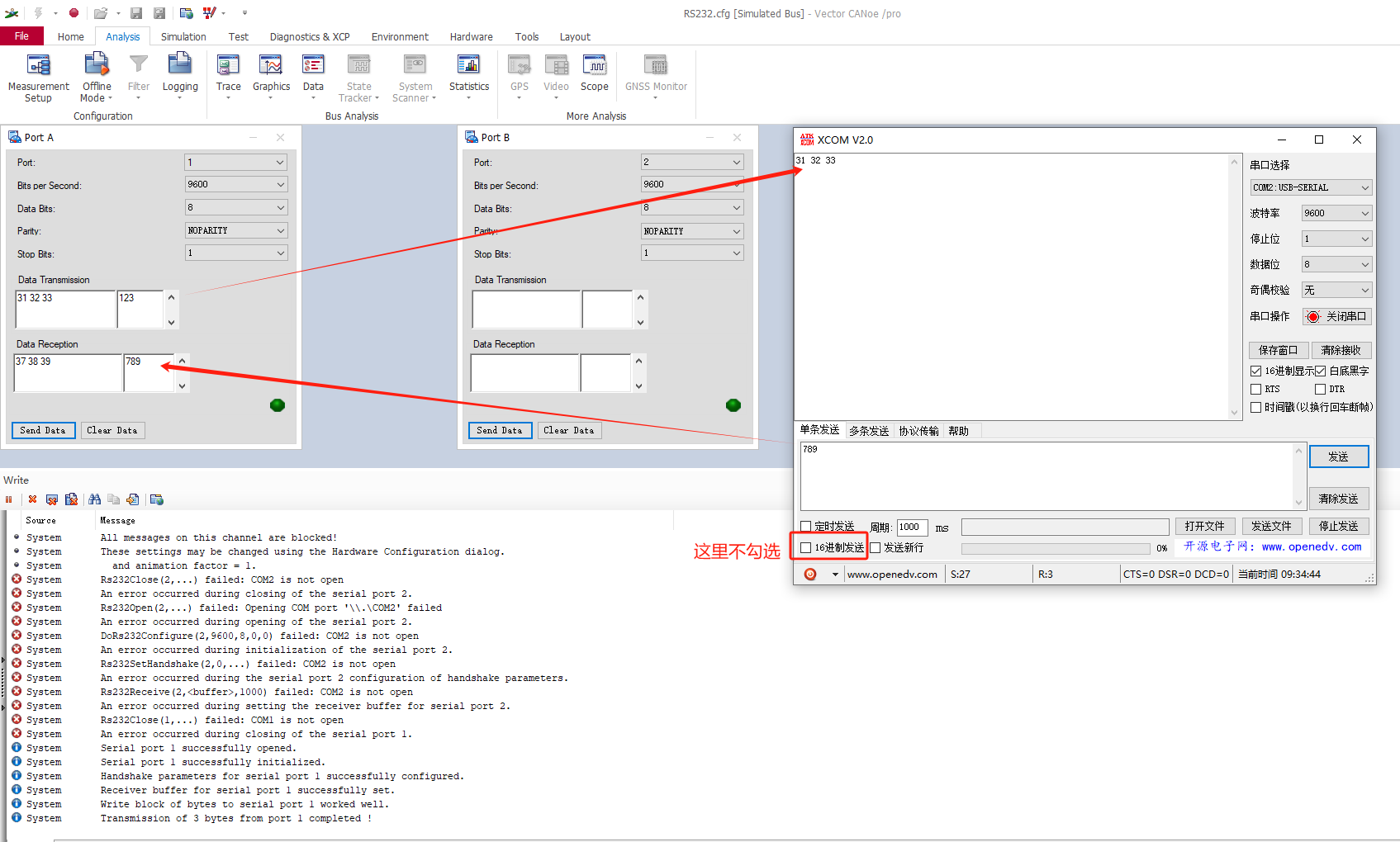目录
- 引言
- 1.题目描述及思想
- 2.代码实现
- 3.最终结果
引言
这个迷宫的话就是去年这时候,我记得当时讲这个的时候我还是一脸懵逼,就是事后花时间能够看懂,能够理解,但是自己肯定是不能够实现的,而且觉得这个东西非常的庞大,很困难的样子,然后现在的话,我已经有足够的思维去想,并且能够完全自己一个人去实现了,然后我觉得很好,不多说,上代码。
1.题目描述及思想
给了一个迷宫,然后1代表墙,0代表路,你可以上下左右移动,然后我自己的设计就是,走过的路,能通设置为8,走不通但走过设置为4
{1, 1, 1, 1, 1, 1, 1, 1, 1},
{0, 0, 1, 0, 0, 0, 1, 1, 1},
{1, 0, 1, 1, 1, 0, 1, 1, 1},
{1, 0, 0, 1, 0, 0, 1, 1, 1},
{1, 1, 0, 1, 1, 0, 0, 0, 1},
{1, 0, 0, 0, 0, 0, 1, 0, 1},
{1, 0, 1, 0, 1, 0, 0, 0, 1},
{1, 1, 0, 0, 0, 0, 1, 0, 0},
{1, 1, 1, 1, 1, 1, 1, 1, 1}
2.代码实现
#include<iostream>
using namespace std;
//[0,0] - [9,9]
const int N = 9;
int maze[N][N] = {
{1, 1, 1, 1, 1, 1, 1, 1, 1},
{0, 0, 1, 0, 0, 0, 1, 1, 1},
{1, 0, 1, 1, 1, 0, 1, 1, 1},
{1, 0, 0, 1, 0, 0, 1, 1, 1},
{1, 1, 0, 1, 1, 0, 0, 0, 1},
{1, 0, 0, 0, 0, 0, 1, 0, 1},
{1, 0, 1, 0, 1, 0, 0, 0, 1},
{1, 1, 0, 0, 0, 0, 1, 0, 0},
{1, 1, 1, 1, 1, 1, 1, 1, 1}
};
bool used[N][N];
int dir[4][2] = { 0,-1,1,0,-1,0,0,1};
int endx = 7, endy = 8;
bool dfs(int x, int y) //代表当前到达的下标
{
if (x == endx && y == endy) //如果已经到达终点 返回true
{
maze[x][y] = 8;
used[x][y] = true;
return true;
}
for (int i = 0; i < 4; ++i) //四个方向不断递归
{
int a = x + dir[i][0];
int b = y + dir[i][1];
if (a < 0 || a >= N || b < 0 || b >= N) continue; //越界换方向
if (maze[a][b] == 1 || used[a][b]) continue; //是墙壁 或者走过了 换方向
used[a][b] = true;
maze[a][b] = 8;
if (dfs(a, b)) //如果能通返回true
{
maze[a][b] = 8;
return true;
}
maze[a][b] = 4; //不通设置为4,然后换个方向
}
return false; //如果4个方向都不行,返回false
}
void Print()
{
for (int i = 0; i < N; ++i)
{
for (int j = 0; j < N; ++j)
{
printf("%4d", maze[i][j]);
}
puts("");
}
puts("");
}
int main()
{
Print();
used[1][0] = true;
maze[1][0] = 8;
dfs(1, 0);
Print();
return 0;
}
3.最终结果

